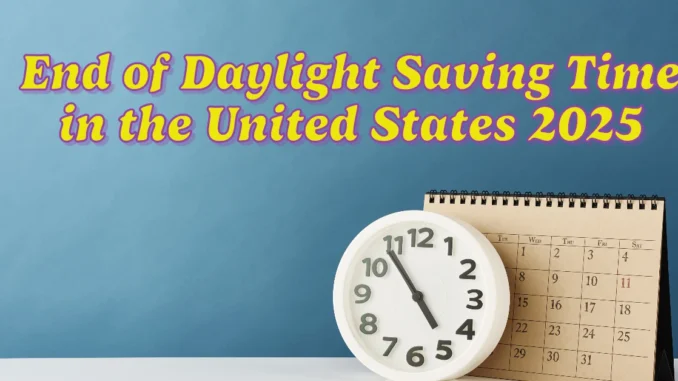
The debate over daylight saving time (DST) in the United States has taken a dramatic turn, with President-elect Donald Trump vowing to eliminate the practice altogether. If his proposed measures gain approval, the March 9, 2025 clock adjustment could mark the last time Americans spring forward.
Table of Contents
Trump Declares Daylight Saving Time “Useless and Costly”
On his X account, Trump described daylight saving time as an outdated and inefficient practice, pledging to prioritize its abolition upon assuming office in January 2025. His statement reignites a long-standing debate about the relevance and consequences of the biannual time changes, which have been in effect for much of the U.S. since the 1960s.
Initially introduced to maximize natural light and reduce energy consumption, DST has faced increasing criticism. Opponents cite health concerns, such as sleep disorders and cardiovascular risks, as well as questions about its actual energy-saving benefits in a modern context.
January 2025 SNAP Food Stamps: State-by-State Payment Schedule and Key Details
SSDI vs. SSI in 2025: Key Differences, Requirements, and Payment Updates
$4,018 Disability Payments to Arrive January 3rd for Select Beneficiaries: Are You Eligible?
SSDI Payments Increase in 2025: How the COLA Increase Impacts Your Benefits
A History of Controversy: The Push for Permanent Time
Efforts to modify or abolish DST are not new. In 2022, the Senate unanimously passed the “Sunshine Protection Act,” a bill aimed at making daylight saving time permanent across the country. While the legislation gained significant support, it ultimately stalled in the House of Representatives, where lawmakers failed to reach a consensus.
Proponents of the bill argue that maintaining a consistent schedule could:
- Improve public health by eliminating disruptions to circadian rhythms.
- Benefit the economy by encouraging more outdoor and leisure activities during evening hours.
- Enhance safety by reducing car accidents caused by time change fatigue.
However, detractors warn of potential downsides, such as extended morning darkness in winter months, which could pose challenges for schools and commuters.
Trump’s Vision for Time Reform
Trump’s proposal to abolish DST entirely would set the United States on standard time year-round, unlike the Sunshine Protection Act’s focus on permanent daylight saving time. His approach aligns with growing public sentiment; polls indicate that 63% of Americans prefer to end the biannual clock changes.
By taking this stance, Trump aims to simplify timekeeping, reduce health risks, and align with the desires of states that have already sought to abandon DST. Since 2015, more than 30 states have introduced or passed legislation to end the practice, though federal approval remains the key hurdle.
Challenges Ahead: Congressional Approval and Public Opinion
To enact this change, Trump will need the cooperation of Congress, where opinions remain divided. Advocates for DST highlight its historical benefits, while critics argue that its purpose has become obsolete in today’s society.
Additionally, sectors such as retail, agriculture, and education will likely voice their perspectives, making it essential to balance the needs of diverse groups before implementing any reform.
What’s Next? The March 2025 Decision
If Trump’s plan moves forward, March 9, 2025, may be the last daylight saving time adjustment in U.S. history. For now, the proposal adds a new chapter to the ongoing debate over whether DST is a relic of the past or a valuable tool for modern life.
Whether you’re an early bird or a night owl, one thing is certain: the future of timekeeping in the United States is poised for significant change.
Leave a Reply